About five years ago, I started making soil blocks for the majority of my seed starting. I used Eliot Coleman’s soil block recipe to begin. Every year, I made a little tweak here or there based on my experience with it. I’ve adapted it so much that it is now quite a bit different than Eliot Coleman’s and I feel it’s probably ok if I share it with you.
Eliot Coleman’s original is still a great recipe and if you would like try his instead, go for it! The full recipe can be found and printed from a pdf on Johnny’ Seeds website HERE. Johnny’s Seeds and Eliot Coleman collaborate on many projects (They make a lot of the tools he talks about in the book!).
I also highly recommend his book, The New Organic Grower, which has the soil block recipe noted above and a mini block recipe. The book is worth it just for the soil block instructions and recipes. In addition to that Eliot Coleman is a gardening genius and it has tons of other gems in the book as well.
This post contains affiliate links. Full disclosure here.

Ingredients for Soil Block Recipe
- 10 Gallons Sifted Peat Moss (alternatively Expanded Coconut Coir will work, no need to sift)
- 1/2 cup Pulverized Lime
- 5 Gallons Perlite
- Organic Fertilizer: 1/2 cup blood meal, 1/2 cup bone meal, and 1 cup kelp meal
- 5 Gallons Sifted Compost

The trick with the soil block mix is to sift almost everything through a screen. You don’t want big chunks ending up in your mix because seeds will not germinate as well in it. UPDATE 2024: I don’t screen my peat moss anymore since finding a better source (linked at the end of the blog post). Depending on the compost source sometimes that does need to have large chunks screened out.
A few years ago, I had Cameron build me a soil sifter for the purpose of creating the soil blocker mix. It’s 2×4’s formed together in a square with 1/4 inch hardware screen stapled around the edges.

I start by pouring the peat moss onto the sifter little by little. You don’t want a ton on there because the bottom will get crowded with the larger pieces and it will be harder to shake the small particles through. The peat moss I get is so compacted I usually have to break up some of the chunks with my hands prior to sifting.
The sifter gets set on a storage bin, because as I mentioned earlier, it is heavy! Then your shake it back and forth and get a good arm workout. Or you can just run your hands through it.

The large pieces (above) get reused and dumped in a garden bed that needs it. Here in Arkansas, we have heavy clay soil and those large peat chunks are a welcome addition.
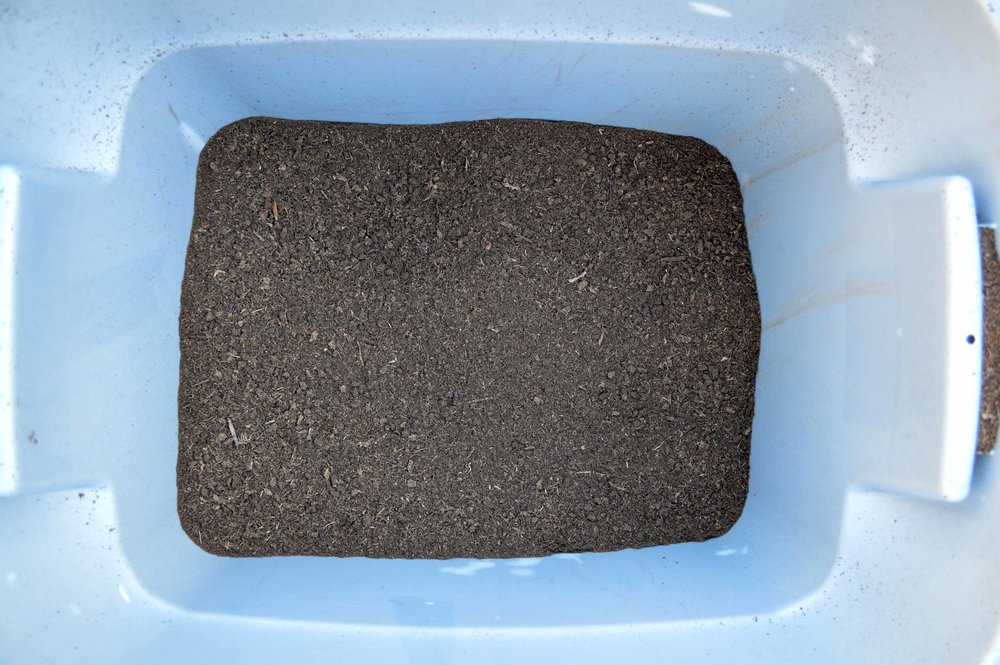
Left in the storage bin is the good stuff you keep and use for the mix.
I continue to sift in small batches until it looks like I have enough. Then I measure it out to the correct ratio and dump it on a tarp. One time I tried to just mix it in a wheelbarrow. I added each ingredient but by the time I got to the end it was so full I didn’t have the leverage to mix it thoroughly. I tried to carefully stir and still spilled a bunch on the ground. Lesson learned, just use a tarp. It is the best way to mix thoroughly no matter how large your amount of soil.

Another little tip: Be sure to secure your tarp by putting some kind of weights on the corners. I just use rocks usually. It seems obvious but it’s another lesson I learned the hard way.

After you’ve measured out the peat moss, add pulverized lime and mix thoroughly. Lime balances out the acidity of the peat moss.

I just use my hands and arms to mix. It seems to work better than a shovel and it also feels really nice 🙂

Once that is all mixed, then you add perlite.
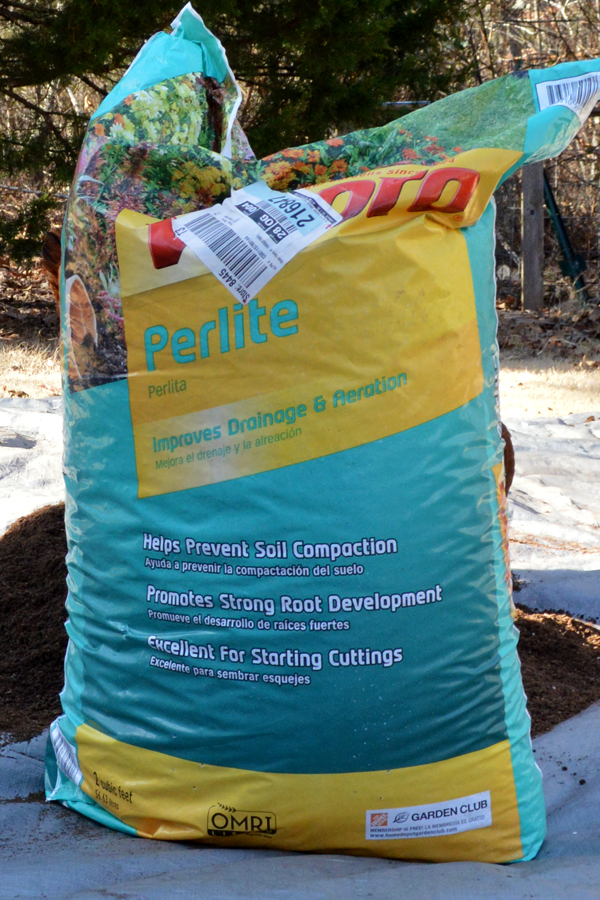
Another tip, buy this brand of perlite from Home Depot if you have one near you. This perlite is Organic garden approved and much cheaper than the Miracle Gro brand Perlite you’ll find at other stores. Also, did you know Miracle Gro Perlite has added chemical fertilizers? I did not until recently. Consequently, I was happy to find this alternative!
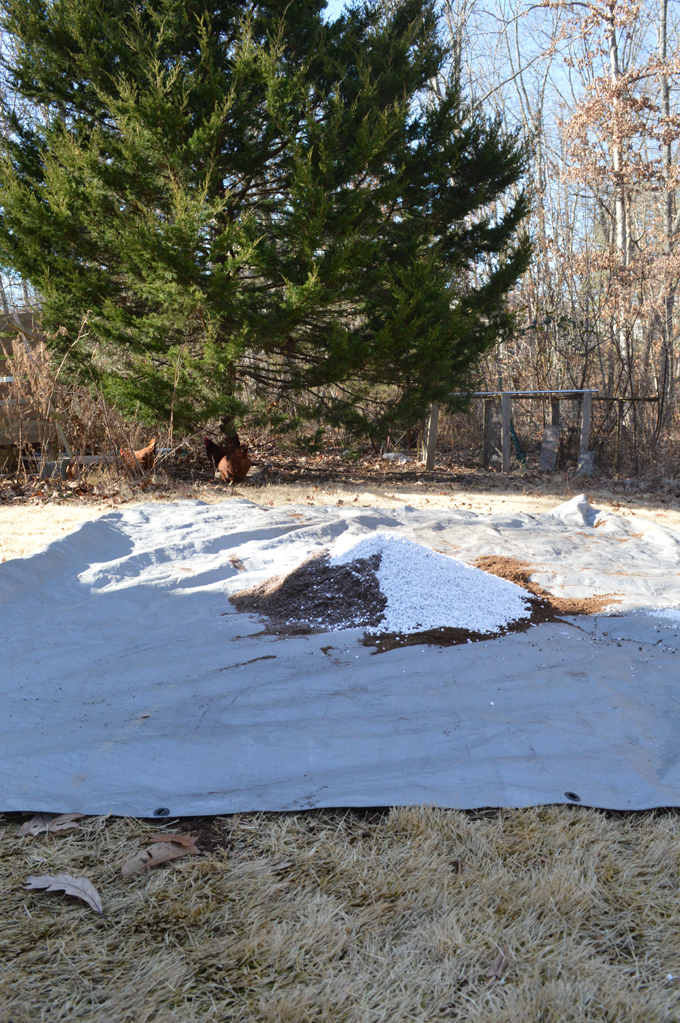
No sifting of the perlite is needed just measure and add straight to the pile.
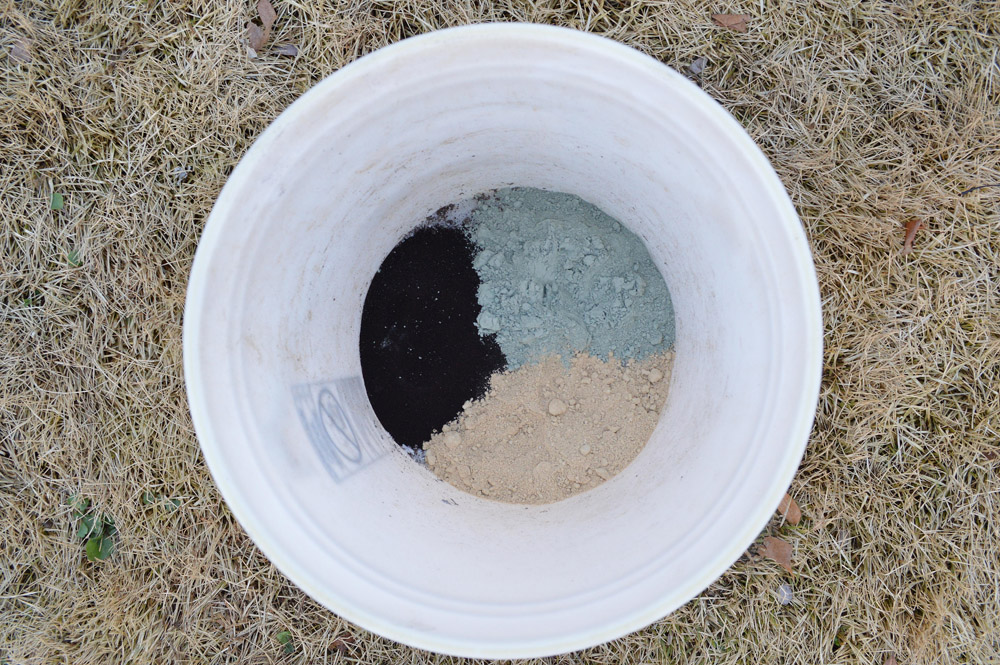
Then you measure out fertilizer. I use blood meal (Nitrogen), Bone Meal (Phosphorus), and Kelp Meal (Potassium and minerals). Greensand is shown in the image above. It can be substituted for the kelp meal. I moved away from using greensand because it’s difficult to source.
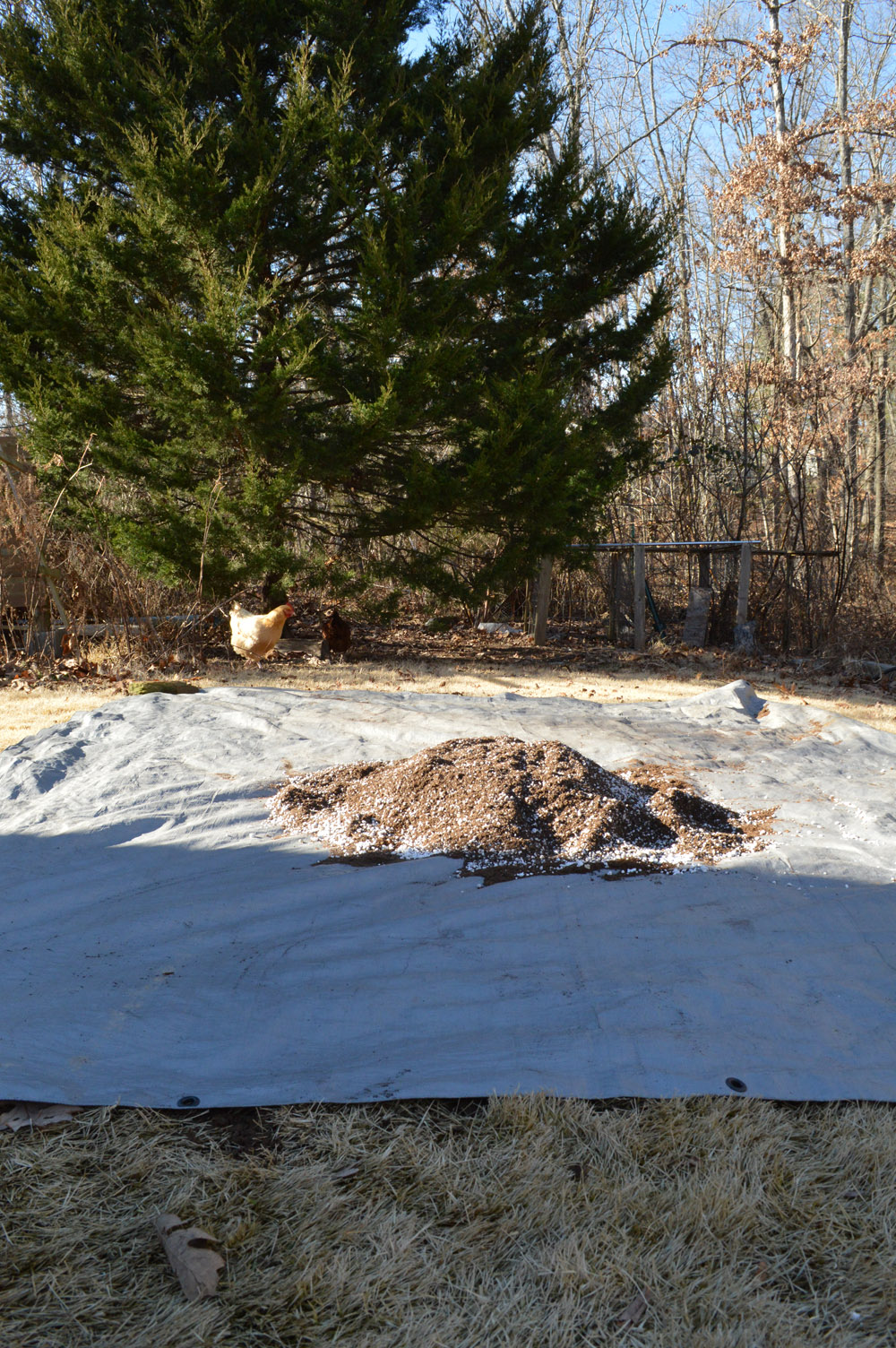
After the perlite and fertilizer are added do another mix with your hands or a shovel.

Next I sift compost, then garden soil (2024 update: I no longer use garden soil in my mix), using the same method. I measure and the correct amount gets poured on the tarp with the existing pile.

Can you see how the pile just grows and grows? The last step is one final mix together.


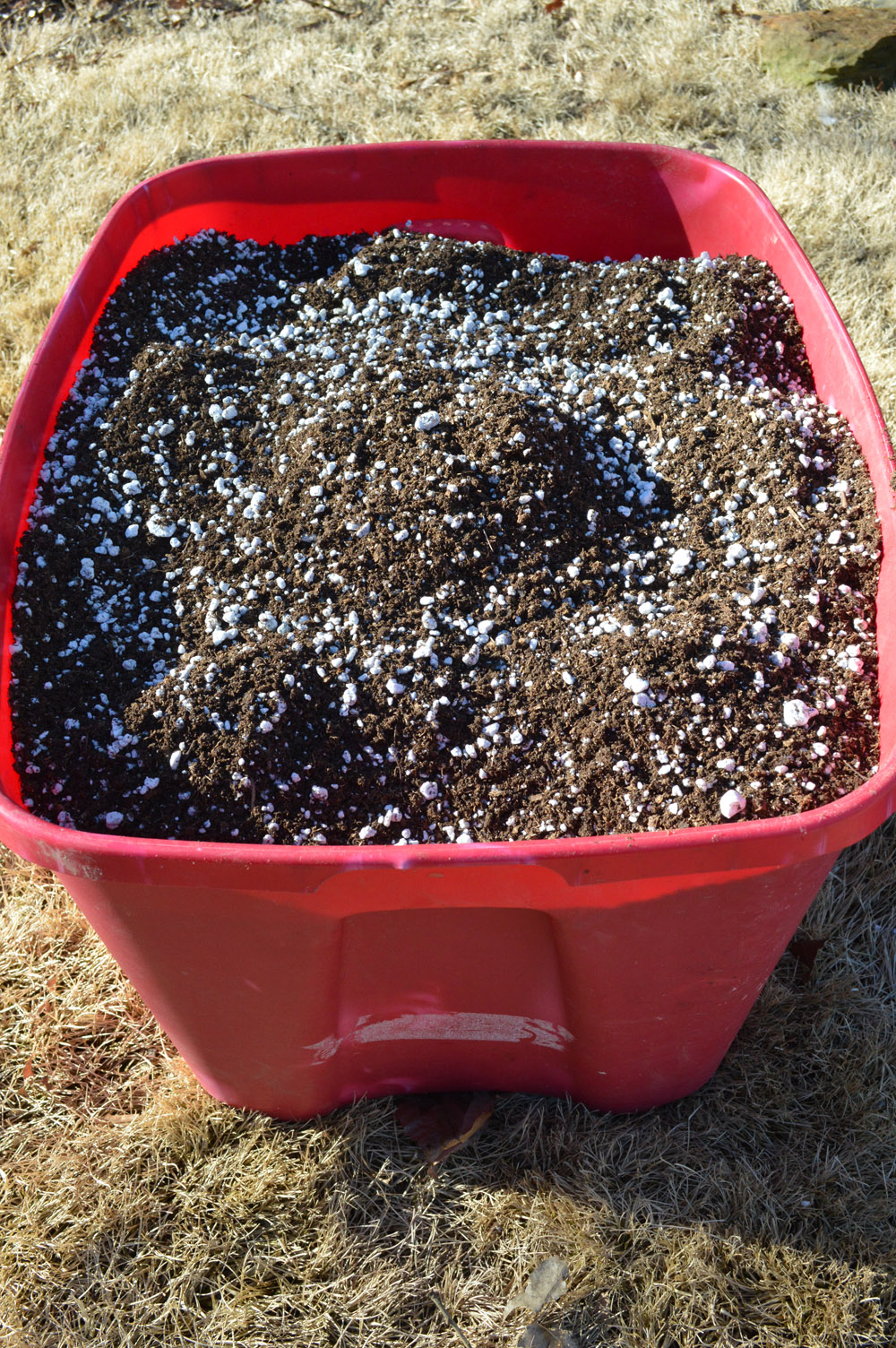
After it’s all mixed it goes in a storage container. A key here: do not put on the lid all the way. I’ve learned from experience that is a great way to get mold growing on the top. I leave the lid slightly ajar and put it in my shed or garage until it’s time to use it. Personally, I think it’s best not to let the mix heat up. If your garage or shed get hot during the day, I would store it indoors.
Eliot Coleman recommends using the soil mix right away. However, as a home gardener I don’t end up using it all at once. I like having it ready to go for when I need it. I haven’t had any problems storing it for a while before use.

Above its an overview sequence of the steps I described above!
Sources for Soil Block Recipe Ingredients:
While it’s getting more common to see organic fertilizers like blood and bone meal in local big box stores, some of these ingredients are hard to find. Below is where I got mine.
ONE BIG CAVEAT!
Making my soil mix this way is much cheaper and I know exactly what goes into it. However, if you are only going to make one batch and not use up the rest of the ingredients over the years, this may not be cost effective.
There is an alternative soil mix that can be purchased that is a very similar mix to Eliot Coleman’s soil block recipe. It is Johnny’s 512 mix. Found HERE.

Be sure to factor in shipping. For me, it would have been $78 for one bag (60 quarts) including shipping and tax. Yikes. I think its cheaper if you live closer to Maine.
They have another option for 20 quarts for $15. Shipping price to my state plus product was $35. 20 quart bag is found HERE
*By the way, using the original recipe by Eliot Coleman makes about 2 bushels or about 72 quarts.
To learn how to make soil blocks you can check out my written tutorial HERE. Or check out my video below. FYI I made this video several years ago and have since updated amounts. But it’s a good visual on how it’s made.


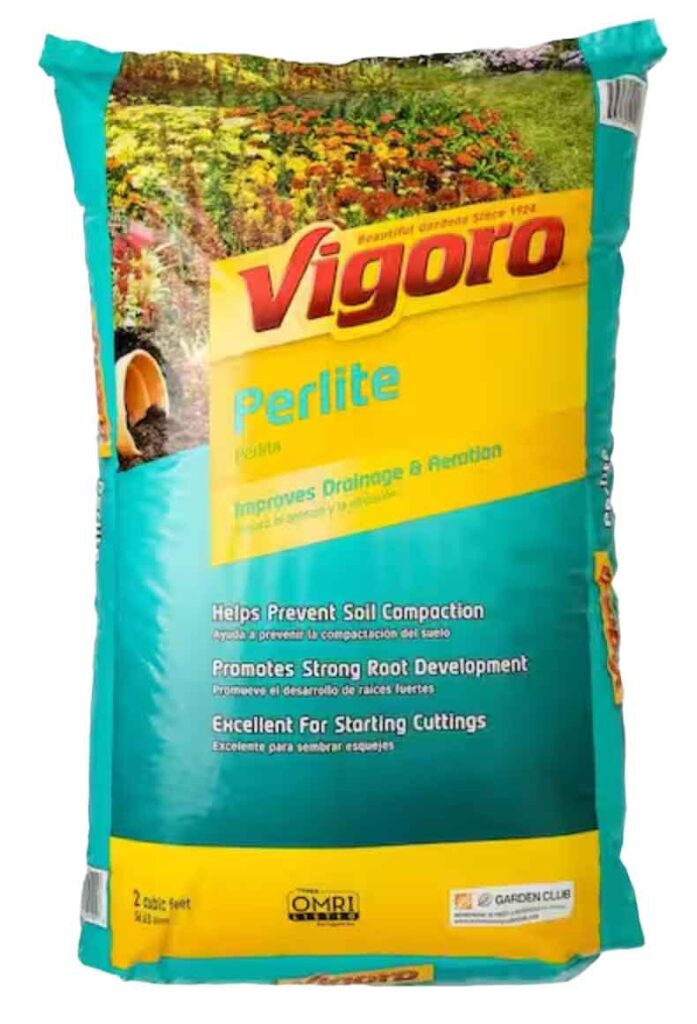
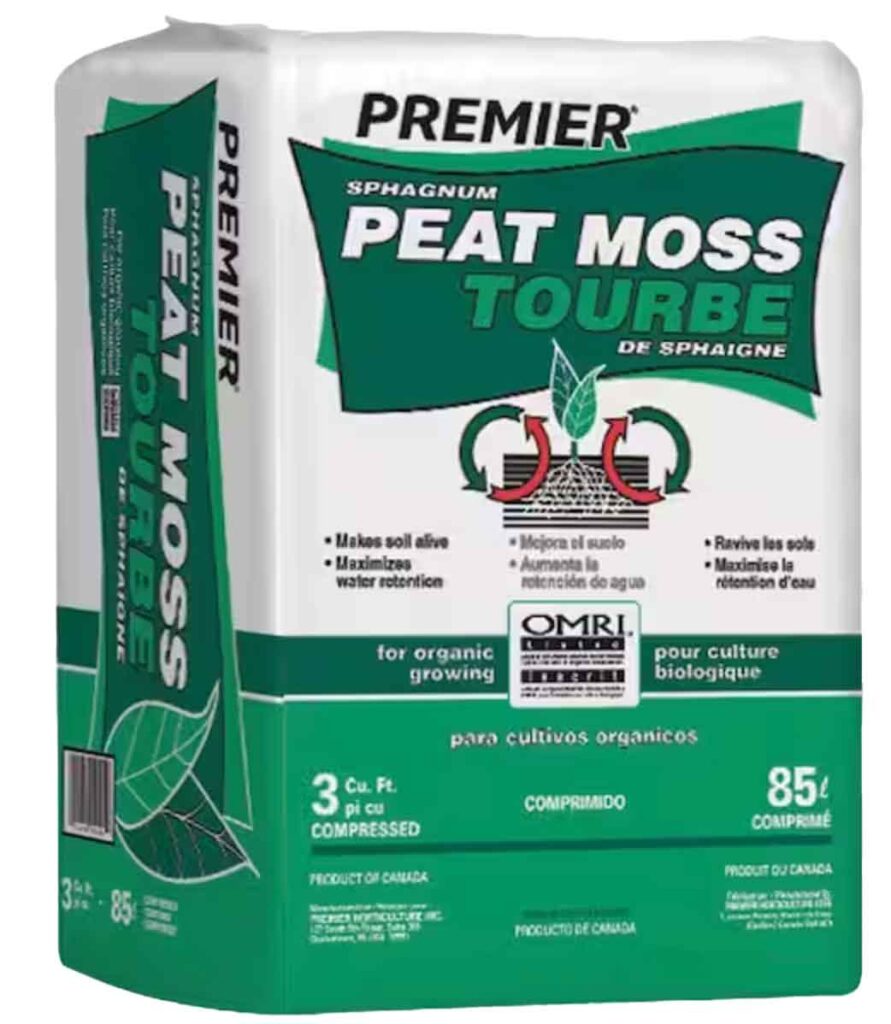
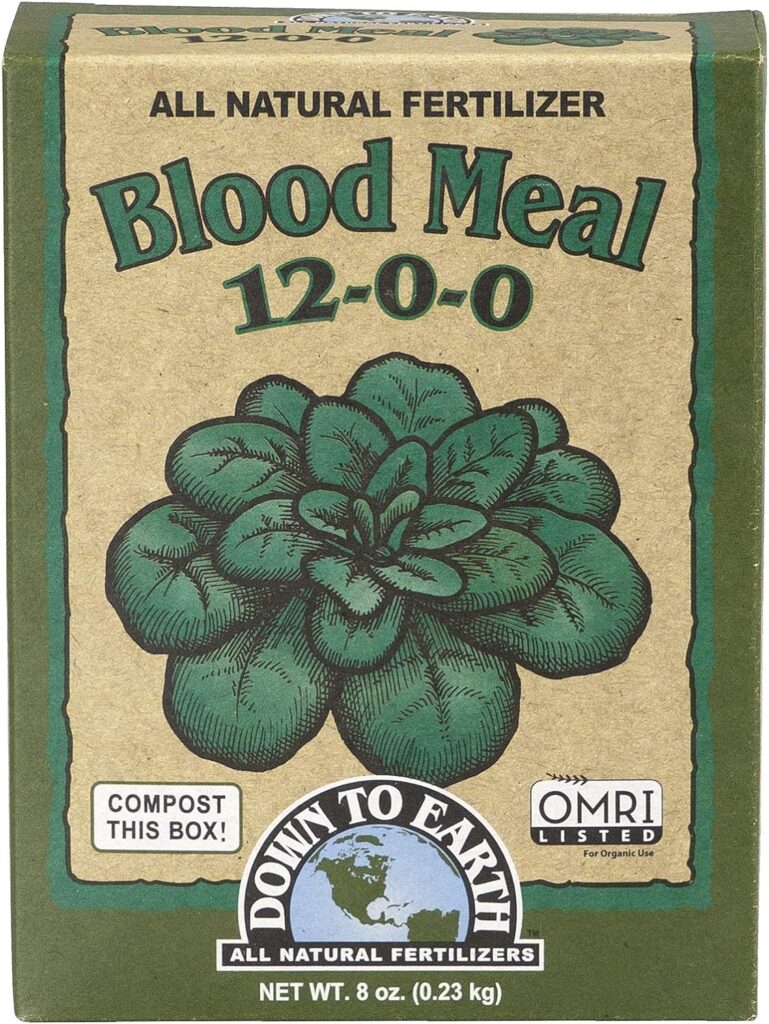
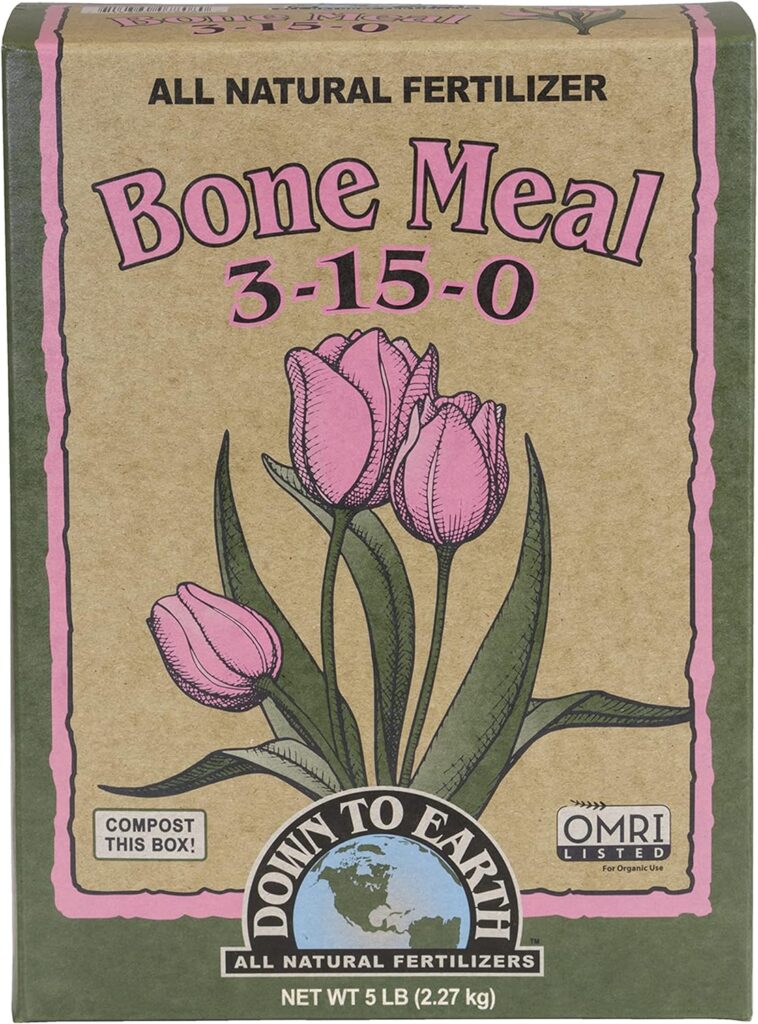
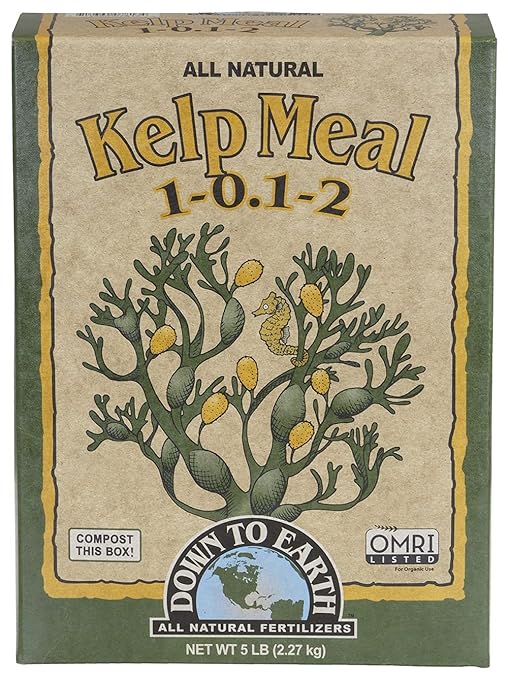
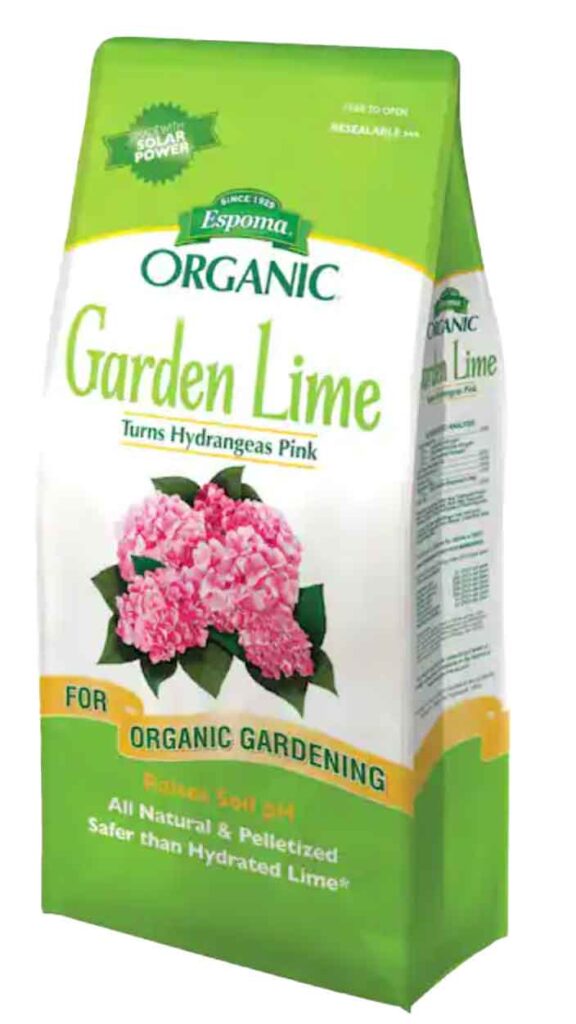
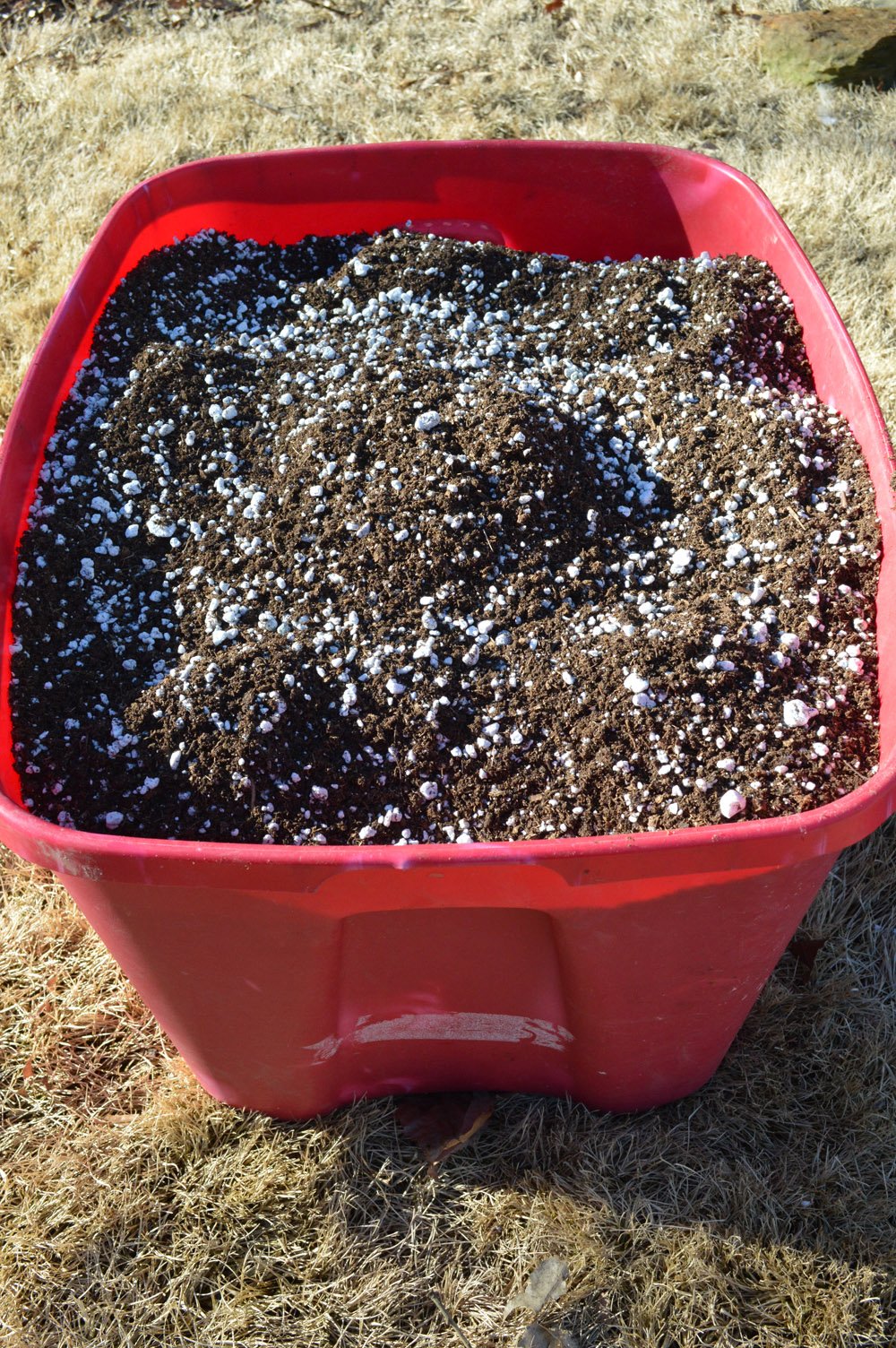
5 comments
You mentioned adding garden soil but no amount was listed. Also if you’re using actual earth from your garden, do you sterilize it—bake or microwave? Thank you for including the sources for ingredients.
Hi Martha! Thanks for asking! I’ve adjusted my recipe over the years and no longer use garden soil. I updated the recipe but forgot I had it written in the content. So I don’t use garden soil anymore and I do not sterilize it. All the biology in the compost is good to have.
Can I use wood ashes instead of the lime?
Is it one 5lbs box of kelp meal or 1 cup?
1 cup of kelp if you are making one batch.